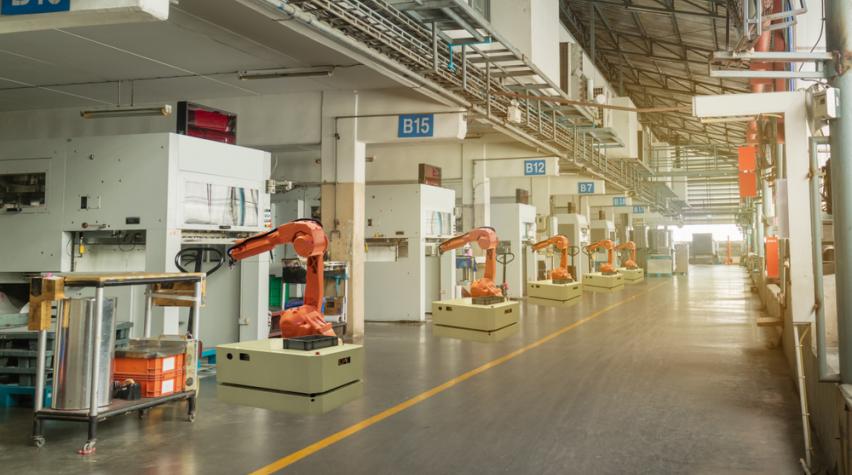
Advanced manufacturing covers a broad range of topics, often defined as “integrating new innovative technologies in both products and processes." One of the most visible of these efforts is the RAPID initiative (Rapid Advancement in Process Intensification Deployment), a public/private partnership of the US Department of Energy and AIChE.
As defined by Trevor Kletz, the concept of intensification involves the “use small amounts of hazardous materials (a smaller inventory) so the consequences of accidents arising from escape of materials are much reduced.”
Intensification has long been a worthy goal. Not only are reduced inventories safer, they are generally more economically attractive, as less material is sitting around not being “productive” (i.e., sold to customers, or used to make higher value-added products). So, what’s not to like?
All human activity involves tradeoffs, and intensification is no exception. Some of the most common ways to intensify processes include running at more severe conditions (temperature, pressure), running at higher concentrations, or running with “hotter” catalysis systems.
Basic chemical engineering teaches us that reaction rates double approximately every 10° C. That’s ALL reaction rates, not just the desired reaction. So, higher temperatures and pressures will lead to faster reactions, and more reactions, than lower values. Just as importantly, intensification can lead to more reactions (co-products, by-products, over-reacted material), all of which have different kinetic characteristics, some of which may be less than desirable. The ultimate consequences of an intensification change may be more than acceptable, but might also lead to catastrophic consequences, should normal control systems prove unable handle an out-of-control reaction. Unless sufficient modeling and experimental work is done at the actual expected conditions, side reactions and byproducts may not reveal themselves until an emergency is at hand. Another issue is waste generation, which can lead to increased treatment and disposal costs, which can be greatly increased under more intense operating conditions.
Similarly, use of smaller shipping containers for just-in-time manufacturing has strong appeal for the minimization of hazardous materials inventory, but may end up shifting the risk to the materials handling operator, since smaller containers require more frequent connects and disconnects, and potentially more time on the road, all of which simply shift risk from one impacted population to another. The end still may be worthwhile—the watch out is to ensure that the tradeoffs are carefully and adequately examined such that hazards are truly reduced, and not simply shifted from one geographical location or population to another.
None of these issues are unmanageable, and the goal of minimizing hazardous materials is still a very strong motivator. However, when intensifying manufacturing, there is a greater need to perform the necessary due diligence in the laboratory or small-scale facility, rather than “adjusting on the fly” after the facility is built. Some assurance that the reactive chemistry (intentional and unintentional) issues, waste generation and disposal, and potential for uncontrolled release to the environment (another negative potential of more severe operating conditions), and that shipping, storage and waste disposal options are all properly identified, assessed and appropriately mitigated. Only then can the promises of intensified manufacturing be fully realized.


